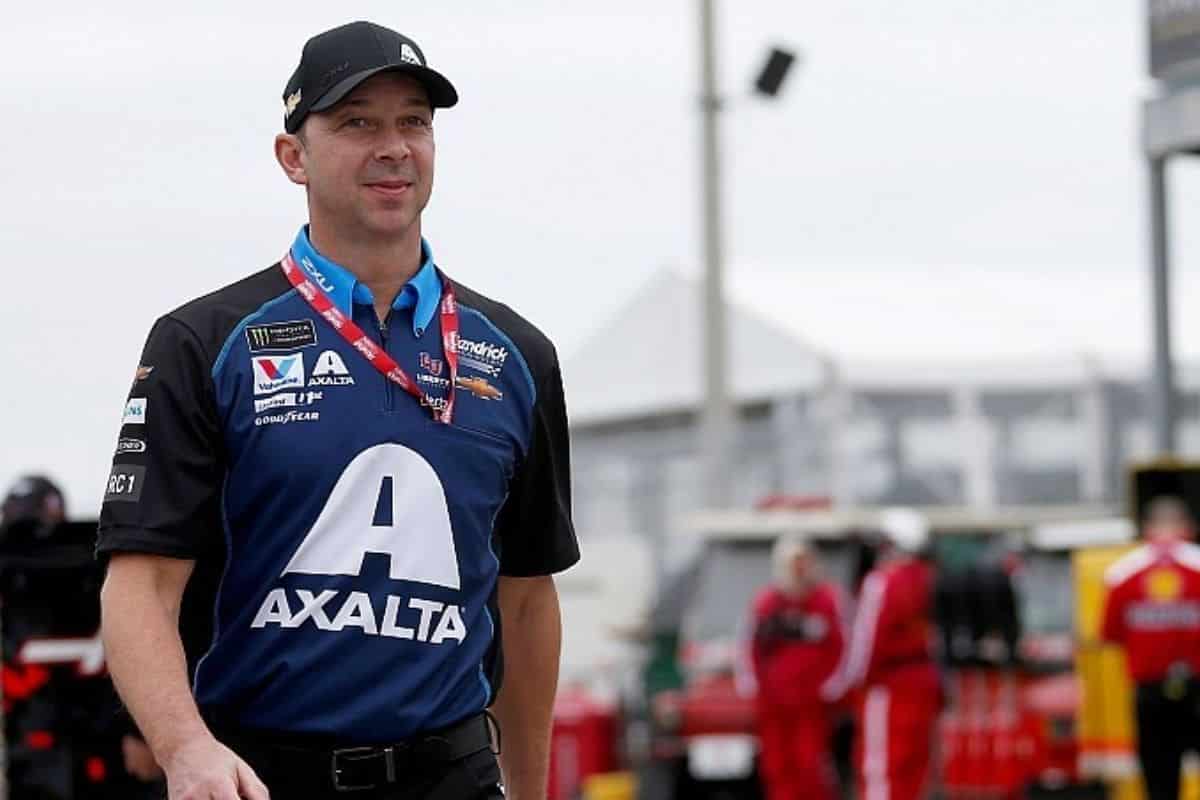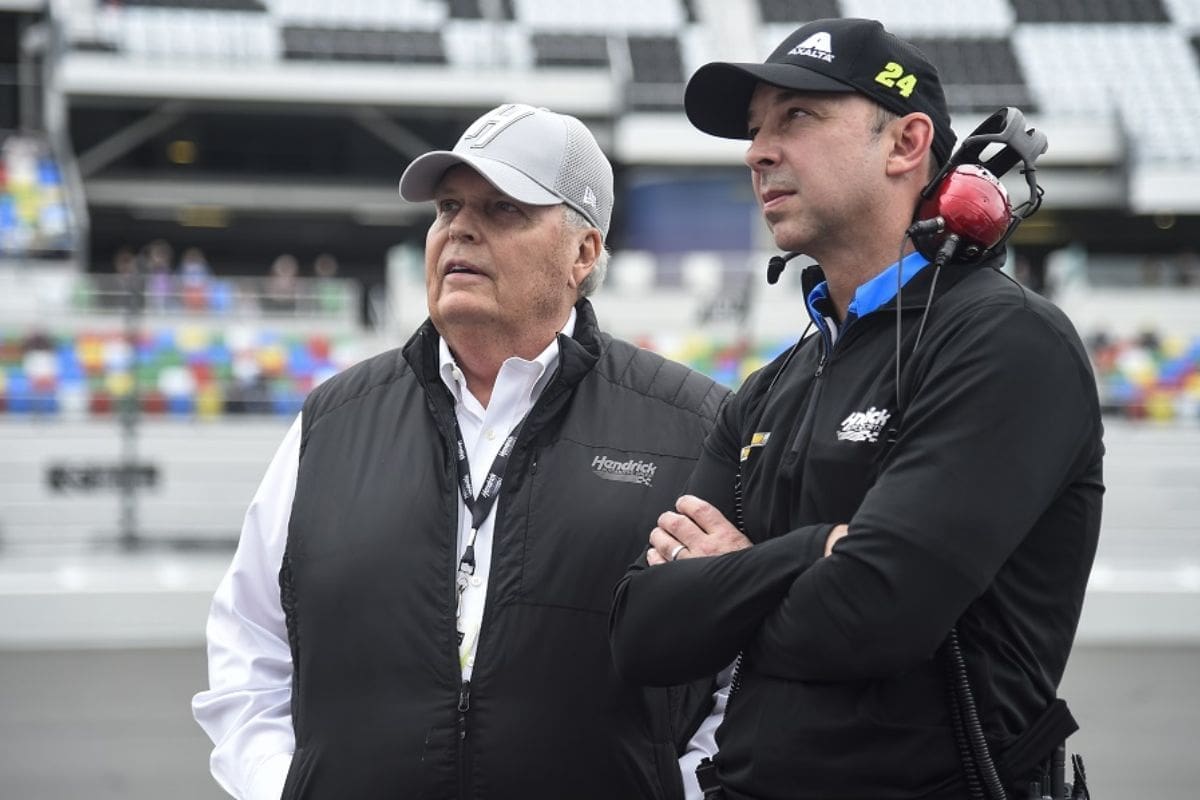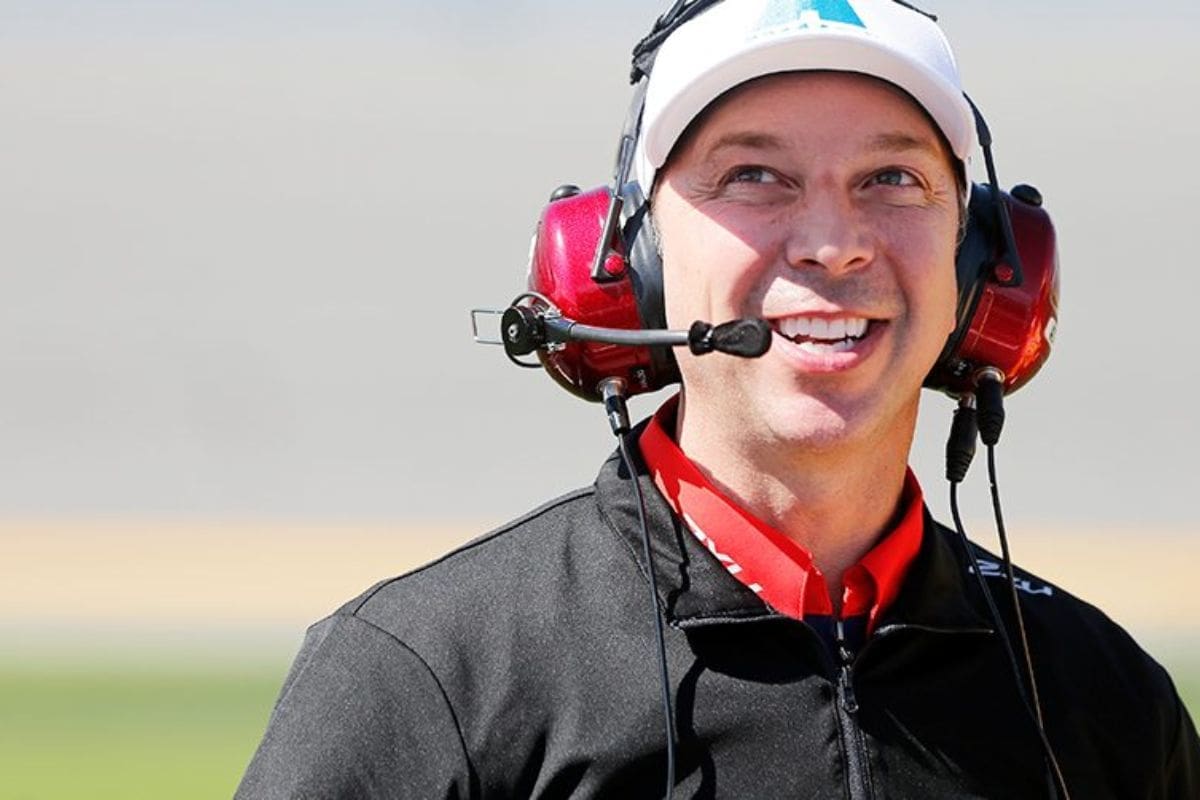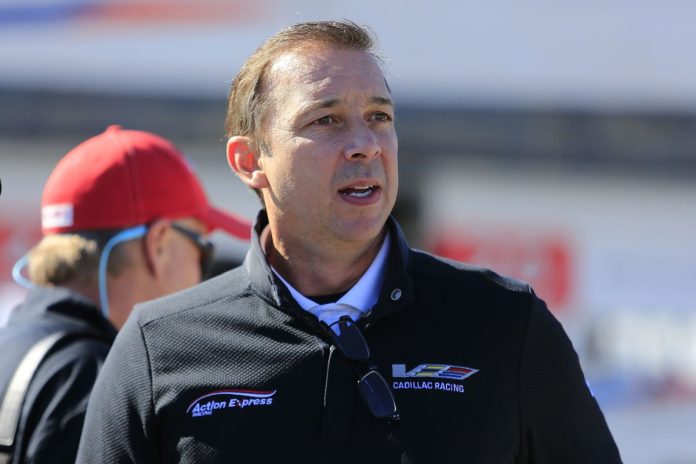Chad Knaus’s Controversial Short Track Solution: Chad Knaus’s innovative approach to enhancing short track performance in NASCAR, through a unique focus on mechanical grip over aerodynamic downforce, has certainly stirred the pot within the racing community. While the intention is to level the playing field and foster a more competitive environment through mechanical creativity, the reactions from figures like Joey Logano and Kyle Busch display the complexities and potential hurdles of implementing such changes. This proposal not only challenges the conventional wisdom of race car optimization but also raises important questions about the future of NASCAR’s technological direction and safety protocols.
Key Takeaways
- Knaus’s proposal emphasizes mechanical grip over aerodynamics, aiming to boost racing creativity and skill.
- Criticism from drivers like Joey Logano and Kyle Busch highlights concerns over competitiveness and tire adjustments.
- The proposal has sparked a reevaluation of NASCAR’s technical configurations, with a focus on safety and innovation.
- NASCAR and Goodyear are collaborating to address challenges, balancing tire durability with performance demands.
- The initiative could significantly alter short-track racing dynamics, potentially revitalizing competition based on ingenuity.
Critiques from NASCAR Drivers
Amidst the introduction of the controversial short-track package by Chad Knaus, notable NASCAR drivers, including Joey Logano and Kyle Busch, have voiced significant criticisms, highlighting a growing discontent within the racing community. Their feedback, echoing concerns from Team Penske and Richard Childress Racing, emphasizes a crucial moment within the racing community regarding the new implementation’s effectiveness and its impact on the sport’s competitive integrity.
Joey Logano’s proposition to ‘shake things up’ with the package, particularly through tire adjustments, reveals a critical perspective on the need for adaptive strategies to enhance race competitiveness and viewer engagement. This suggestion not only shows Logano’s analytical approach to the sport’s technical challenges but also indicates a proactive stance among drivers towards refining race conditions.
Kyle Busch’s blunt commentary on the season’s changes further amplifies the urgency for a reevaluation of the short-track package. His outspokenness, characteristic of his approach to the sport, serves as a catalyst for broader discussions on the package’s impact on race outcomes and driver performance. It reflects a sentiment that the adjustments have perhaps not been as beneficial as anticipated, prompting a reassessment of the strategies involved.

Chad Knaus’s Throwback Solution
Chad Knaus, HMS’s Chief of Competition, has introduced a novel, yet nostalgically rooted, proposal aimed at revisiting and modifying downforce levels to restore a level of mechanical creativity recalling of racing legends such as Richard Petty and Dale Earnhardt Sr. Knaus’s approach diverges sharply from the current trajectory of NASCAR’s engineering regulations, which have trended towards standardization to guarantee parity and safety. This throwback solution suggests a shift back towards an era where ingenuity and mechanical prowess on the part of teams and their engineers played a more significant role in racing success.
- Reducing the uniformity of aerodynamic components, thereby allowing teams more freedom to experiment and innovate in search of aerodynamic advantages.
- Emphasizing mechanical grip over aerodynamic downforce, which could lead to more dynamic racing conditions, particularly on short tracks where close-quarters racing is prevalent.
- Encouraging team creativity in finding performance gains within the framework of safety standards, rather than relying solely on manufacturer-provided parts and specifications.
- Reviving the spirit of competition among teams, where success is as much about the ingenuity and skills of the engineers and mechanics as the talent of the driver.
NASCAR’s Response and Goodyear’s Dilemma
Navigating through NASCAR’s developing short-track package, Elton Sawyer has confirmed collaborative efforts between NASCAR and Goodyear, although facing skepticism from Chad Knaus regarding the efficacy of frequent downforce adjustments. This skepticism casts a spotlight on the underlying tension between the pursuit of ideal racing conditions and the feasibility of constant technical recalibrations. Knaus’s perspective suggests a model where empowerment of teams in setup decisions could potentially lead to a more dynamic and competitive racing environment, challenging the current model of centralized technical directives.
The fact of the matter lies in Goodyear’s risky position, tasked with developing tire compounds that must adapt to a wide range of downforce levels and track conditions. The variability introduced by continuous adjustments to the aerodynamic package places an immense burden on Goodyear, necessitating a delicate balance between tire durability and performance. This balance is crucial not only for the safety of the drivers but also for the integrity of the competition.
Furthermore, this scenario illuminates the broader implications of NASCAR’s regulatory strategy. The governing body’s response to Knaus’s critique highlights a commitment to a collaborative approach, yet it also emphasizes the complexities inherent in orchestrating a competitive yet safe racing spectacle.

Short-Track Package Evolution
The evolution of NASCAR’s short-track package, led by the introduction of the Next-Gen car, showcases a significant shift in the sport’s approach to enhancing competitive racing on its most iconic circuits. This journey from Phoenix to Martinsville has been marked by a series of adjustments and experiments aimed at achieving the delicate balance between entertainment value and sporting integrity. Each track has offered its unique challenges, serving as a testing ground for the effectiveness of these changes.
- Improvements in overtaking at Phoenix, suggesting that the tweaks to the car’s aerodynamics and mechanical grip are moving in the right direction.
- Thrilling racing at Bristol, attributed largely to strategic tire wear which has reintroduced unpredictability and skill into the races.
- Richmond’s unexpected twist, where the introduction of wet weather tires on a short track presented drivers and teams with amazing strategic decisions.
- Consistent challenges across circuits, showing the complexity of creating a one-size-fits-all package for NASCAR’s diverse range of short tracks.
NASCAR’s Quest for Parity
NASCAR’s introduction of the Next-Gen car, aimed at fostering parity among teams, has encountered significant obstacles at short tracks and road courses, highlighting the complexities of achieving uniform competitiveness in the Cup Series. The initiative, which was part of a broader strategy to enhance the racing spectacle by equalizing the playing field, stumbled upon unforeseen challenges, particularly showcased during the Martinsville race. This event not only highlighted the persistent disparities among teams but also compelled NASCAR to address the intricate balance required between innovation and competition.
The quest for parity within NASCAR transcends mere vehicle design; it encompasses the dynamic interplay of regulations, technological advancements, and the inherent variability of racing venues. The Next-Gen car, while a monumental step towards this objective, has revealed the reality that achieving parity is not solely a matter of hardware but also involves adjusting the competitive ecosystem. The difficulties faced at short tracks and road courses exemplify this, as these venues highlight the delicate equilibrium between aerodynamics, tire wear, and mechanical grip—factors that are critical for a level playing field.
In response, NASCAR’s reassessment of the short-track package is not just a technical recalibration but a strategic reassessment of how parity can be realistically achieved. This involves a thorough analysis of race data, team feedback, and technological possibilities, aiming to refine the regulations in a manner that promotes competitive balance without diluting the sport’s core appeal.

News in Brief
Chad Knaus’s proposal represents a crucial moment in NASCAR’s ongoing quest to balance innovation with competition. By shifting focus towards mechanical grip and reducing the reliance on aerodynamic downforce, there is potential to revive the sport through enhanced team creativity and skill.
However, this approach necessitates a collaboration with Goodyear and careful consideration of safety standards. As NASCAR endeavors to evolve, maintaining parity among teams while fostering an engaging racing experience remains a complex, yet critical objective.
Our Reader’s Queries
Q: What happened to Chad Knaus?
A: Now serving as the Vice President of Competition at Hendrick Motorsports, Knaus embarked on his crew chief journey as a teenager, honing his skills while working on cars for his father’s races in Illinois and the Midwest. His NASCAR career commenced in 1991, marking the start of a glorious journey in the sport.
Q: What team does Chad Knaus work for?
A: Hendrick Motorsports proudly houses the expertise of Chad Knaus in NASCAR. Representing the United States, Knaus contributes his racing acumen as an integral part of the Hendrick Motorsports team, embodying a legacy of excellence in motor racing.
Q: How many championships did Chad Knaus win?
A: Victory in NASCAR championships is a collaborative endeavor, a truth epitomized by Chad Knaus. As a seven-time NASCAR Cup Series champion crew chief and a member of the NASCAR Hall of Fame Class of 2024, Knaus, alongside his former teammate Jimmie Johnson, stands as a testament to teamwork and excellence in racing.
Also Read: Chad Knaus Reveals Bristol’s Tire Mystery: Shocking Revelations!”


